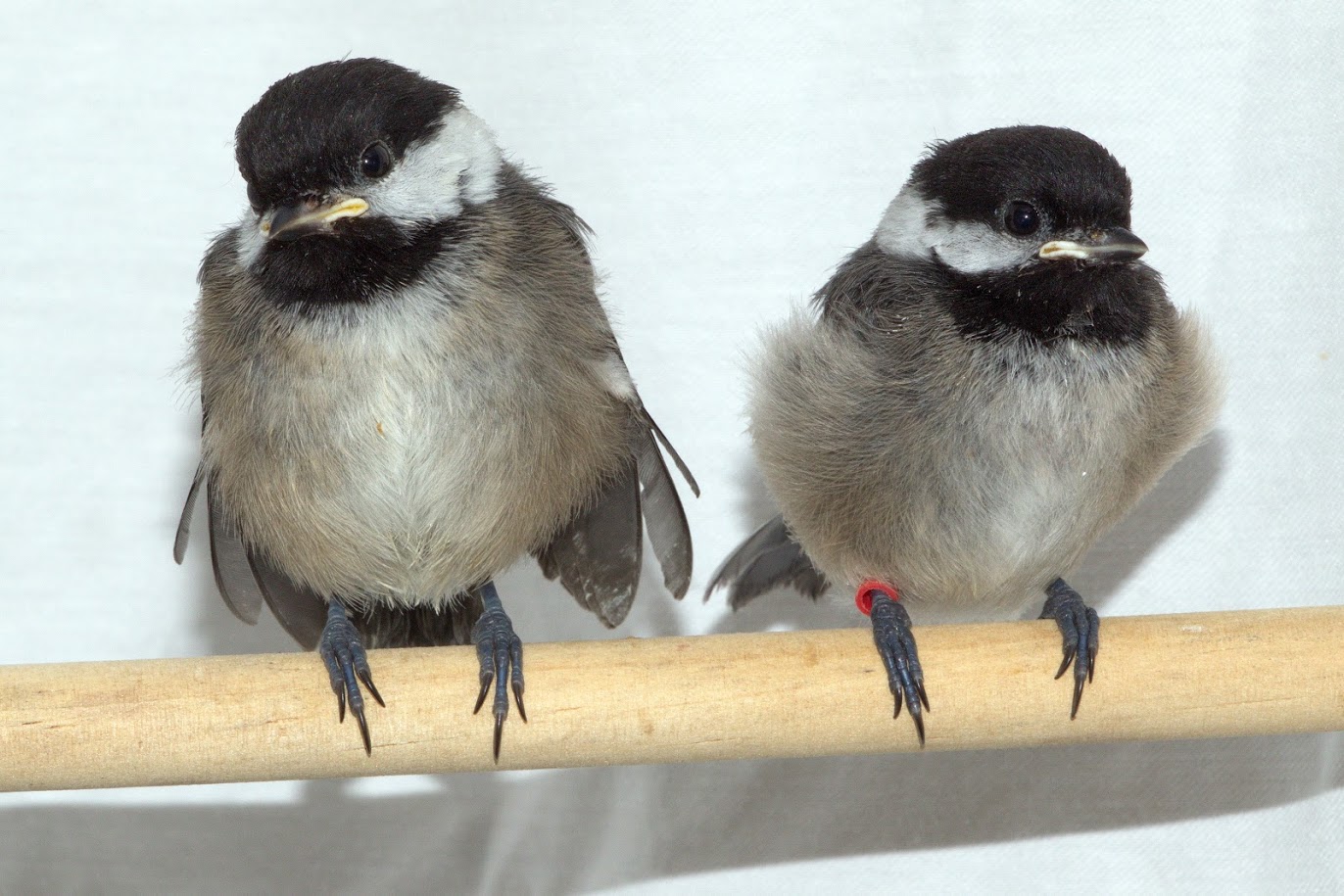Support Us
Since 1979 more than 140,000 animals have been treated by Wildlife Rescue.
Thanks to the support of individuals like you, Wildlife Rescue can provide a lifeline for animals in distress.
Every year, signs of spring fill the air as we feel the temperatures lifting, hear the chorus of year-round and migratory birds returning and the smell of fresh green grass as we step outside. It’s the perfect time to welcome this revitalizing energy into your backyard by preparing for these feathered friends.
In British Columbia Chickadees, Sparrows, Starlings, Robins, Northern Flickers, Bushtits, Finches, Steller’s Jay and Hummingbirds are a few of the common backyard birds looking for mates and shelter to thrive during the busy season.

One of these common birds, the American Robin has a unique “cheer-up cheerily cheer up” a song that is heard at the crack of dawn in gardens and parks. This conspicuous bird builds its nest using grass and mud in trees and shrubs and looks for insects, earthworms, and fruit for food sources.
Bushtits on the other hand are common in gardens and forests but build their nest using moss, lichen and spider web material. Once these birds are done breeding, they look for insect larvae and bird feeders.
February is the perfect time to start preparing for these feathered friends and their arrival. You’ll probably notice some of these birds returning to your yard year after year and for some urbanization and habitat loss creates challenges to find sources of food and homes for their soon to be families.
These signs of spring give us an opportunity to prepare for our feathery friends in our backyards and learn to co-exist with this revitalized energy.
These tips will help you prepare your yard for these feathered friends: